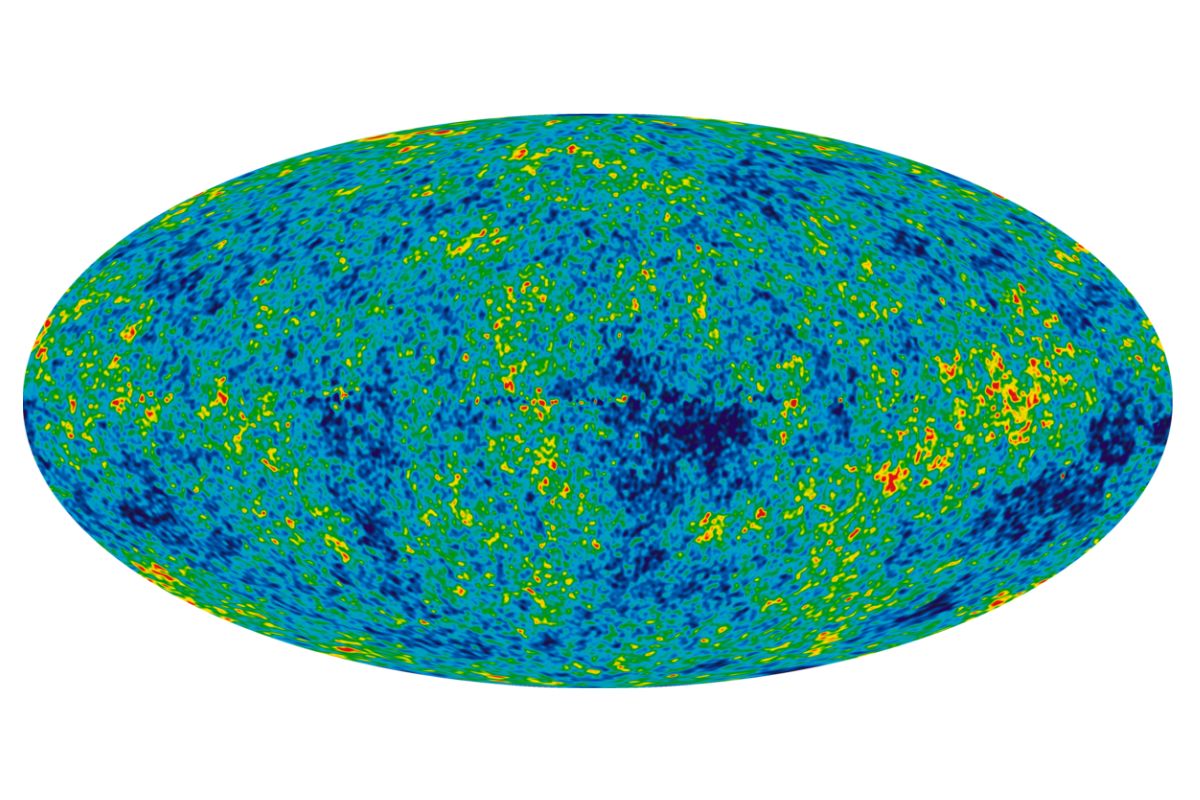
Have you ever wondered how the universe might end and begin again? The cyclic model offers a fascinating perspective on this cosmic question. Unlike the widely accepted Big Bang theory, which suggests a singular beginning, the cyclic model proposes that the universe undergoes endless cycles of expansion and contraction. Imagine the universe as a cosmic accordion, constantly expanding and collapsing over trillions of years. This theory challenges our understanding of time, space, and existence itself. From ancient myths to modern physics, the idea of a cyclic universe has intrigued thinkers for centuries. Ready to dive into 28 intriguing facts about this mind-bending concept? Let's get started!
What is the Cyclic Model?
The cyclic model is a fascinating concept in cosmology that suggests the universe undergoes endless cycles of expansion and contraction. Unlike the Big Bang theory, which proposes a single beginning, the cyclic model envisions a universe with no beginning or end. Let's dive into some intriguing facts about this model.
- The cyclic model is also known as the "oscillatory universe" theory.
- It was first proposed by physicists Richard Tolman and Albert Einstein in the 1930s.
- The model suggests that each cycle of the universe lasts for trillions of years.
- According to this theory, the universe expands, reaches a maximum size, and then contracts back to a singularity.
- The contraction phase is often referred to as the "Big Crunch."
How Does the Cyclic Model Differ from the Big Bang Theory?
While both theories aim to explain the origins and fate of the universe, they differ significantly in their approach and implications.
- The Big Bang theory suggests a single, explosive beginning, while the cyclic model proposes multiple cycles.
- In the cyclic model, the universe has no definitive beginning or end.
- The Big Bang theory relies on the concept of cosmic inflation, whereas the cyclic model does not.
- The cyclic model can potentially solve the "cosmic coincidence problem," which questions why the universe's density is so close to the critical density.
- Unlike the Big Bang, the cyclic model does not require a period of rapid expansion.
Scientific Evidence Supporting the Cyclic Model
Although the cyclic model is still a hypothesis, several pieces of evidence lend it credibility.
- Observations of cosmic microwave background radiation support the idea of a cyclic universe.
- The model can explain the uniformity of the universe without invoking cosmic inflation.
- Some string theory models align well with the cyclic model.
- The cyclic model can account for the observed acceleration of the universe's expansion.
- It provides a natural explanation for the "flatness problem," which questions why the universe appears geometrically flat.
Challenges and Criticisms of the Cyclic Model
Like any scientific theory, the cyclic model faces its share of challenges and criticisms.
- One major criticism is the lack of direct observational evidence for the contraction phase.
- The model struggles to explain the low entropy state of the universe at the beginning of each cycle.
- Some physicists argue that the cyclic model violates the second law of thermodynamics.
- The theory requires modifications to general relativity, which are not yet fully understood.
- Critics also point out that the cyclic model does not easily explain the abundance of light elements in the universe.
Philosophical Implications of the Cyclic Model
The cyclic model isn't just a scientific theory; it also has profound philosophical implications.
- It challenges the notion of a singular beginning, which has implications for religious and existential beliefs.
- The idea of an eternal universe can be comforting or unsettling, depending on one's perspective.
- The cyclic model suggests that the universe is self-sustaining, without the need for an external creator.
- It raises questions about the nature of time and whether it is linear or cyclical.
- The model can influence how we think about the future and the ultimate fate of the universe.
Future Research and Developments
The cyclic model is still a topic of active research, and future discoveries could either support or refute it.
- Advances in observational technology could provide more evidence for or against the cyclic model.
- Collaboration between cosmologists and string theorists may yield new insights.
- Future experiments in particle physics could reveal phenomena that align with the cyclic model's predictions.
The Final Word on the Cyclic Model
The cyclic model offers a fascinating perspective on the universe's origins and future. Unlike the Big Bang theory, this model suggests the universe undergoes endless cycles of expansion and contraction. This idea challenges our understanding of cosmology and opens up new avenues for research. While not universally accepted, the cyclic model has gained traction among some scientists due to its potential to explain certain cosmic phenomena. Whether you're a science enthusiast or just curious about the universe, understanding the cyclic model adds another layer to your knowledge. It reminds us that science is ever-evolving, and our quest for understanding is far from over. Keep questioning, keep exploring, and who knows? Maybe the next big discovery in cosmology will come from someone just like you.
Was this page helpful?
Our commitment to delivering trustworthy and engaging content is at the heart of what we do. Each fact on our site is contributed by real users like you, bringing a wealth of diverse insights and information. To ensure the highest standards of accuracy and reliability, our dedicated editors meticulously review each submission. This process guarantees that the facts we share are not only fascinating but also credible. Trust in our commitment to quality and authenticity as you explore and learn with us.
